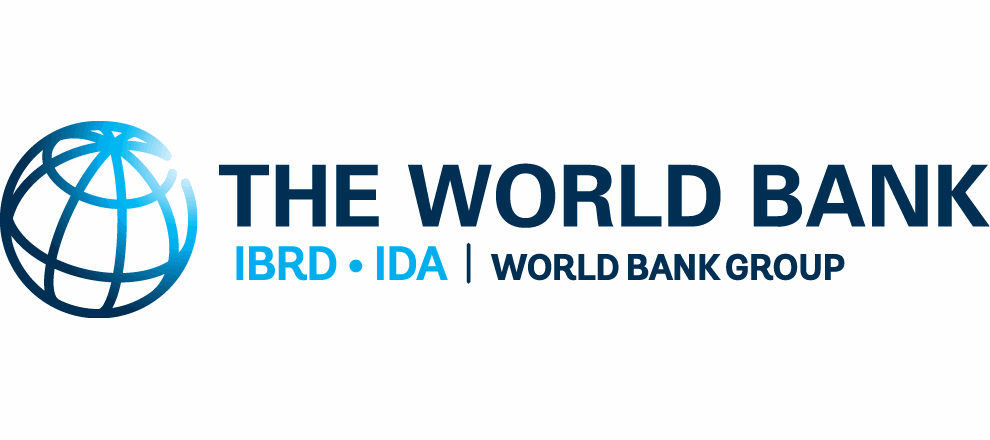This week, the World Bank Group announced its new Climate Change Action Plan, featuring a range of commitments to ramp up and deliver record levels of climate finance, while catastrophe bonds, disaster risk financing and insurance against climate risk are also mentioned as key elements of the plan.
 Through its new Climate Change Action Plan, the World Bank is targeting the delivery of record levels of climate financing to developing countries.
Through its new Climate Change Action Plan, the World Bank is targeting the delivery of record levels of climate financing to developing countries.
At the same time the World Bank aims to work to reduce emissions, strengthen adaptation, enhance resilience and align financial flows within the work it does with the goals of the Paris Agreement on climate change.
In fact, the Plan commits the World Bank to an ambitious goal of 35% of its overall financing work being delivered for climate finance needs over the five-year term to 2025, up from a previous target of 28%.
Part of this is in pre- and post-disaster risk financing, including the use of insurance, catastrophe bonds and other instruments.
Importantly, the World Bank notes that, “We will also accelerate the mobilization of public and private sector finance for climate and help increase access to concessional multilateral climate finance for our client countries.”
“Our new Action Plan will identify and prioritize action on the most impactful mitigation and adaptation opportunities, and we will drive our climate finance accordingly. This means helping the largest emitters flatten the emissions curve and helping countries achieve successful adaptation and resilience to climate change,” World Bank Group President David Malpass explained. “We will be delivering climate finance at record levels and seeking solutions that achieve the most impact.”
Part of the goals laid out in the new climate change plan is an ambition to reduce vulnerability among countries exposed to climate change and climate risk, with disaster risk financing one of the tools at the World Bank’s disposal.
The World Bank aims to reduce vulnerability by, “Supporting countries in their efforts to respond early to and recover faster from climate and disaster shocks with additional financial protection instruments.”
Put that together with the goal of “catalyzing and mobilizing private capital for climate action,” and you quickly see where we’re leading, as the World Bank’s activities in disaster risk financing, using catastrophe bonds, insurance and reinsurance risk transfer instruments, looks likely to also ramp up in response to the new Climate Change Action Plan.
The Plan explains that, “The Bank will employ capital markets to support client countries that suffer losses arising from climate-related disasters.”
After which it highlights, “The World Bank Treasury’s Capital at Risk Note program issues catastrophe-linked bonds (CAT bonds) that offer payouts when an earthquake or tropical cyclone meets the predefined criteria under the bond terms. These bonds facilitate risk-transfer solutions to Bank’s clients using capital markets, where the investors’ principal bears the potential risk of disaster losses.”
The World Bank Treasury’s Capital at Risk Note program has been responsible for a number of catastrophe bond issuances to-date, bringing insurance or reinsurance capacity from the capital markets to sovereign countries in an efficient and fully-securitized manner.
The World Bank also hints at the potential for its sovereign disaster risk financing and transfer activities to take on a more climate focus in some of the details of the Action Plan.
The Bank says it will “Step up support to countries and companies to address financial risks that arise from both slow-onset and sudden-onset climate change impacts.”
Adding, “The World Bank is helping countries protect their populations through the Disaster Risk Financing and Insurance Program (DRFIP). The program provides technical advice and grant finance to implement comprehensive financial protection strategies, bringing together sovereign disaster-risk financing, agricultural insurance, property catastrophe risk insurance, and scalable social protection programs.”
Both slow-onset and sudden-onset impacts of climate change may be transferable using insurance-linked securities (ILS) in the future, we’d imagine, especially as access to private capital to support climate resilience goals becomes increasingly important, making the capital markets and ILS funds a key source of capacity for this.
On top of these commitments to support member countries’ ability to increase resilience to climate change and climate-related disasters through financing, including through the capital markets, the World Bank also hints at how it could itself utilise risk transfer and financing within its own activities.
The World Bank said that it will look to, “Include climate and disaster risk screening in all World Bank financing to identify short- and long-term risks to development projects, policies, and programs.”
In addition, the World Bank said that all investments and guarantees provided by its sister organisations the International Finance Corporation (IFC) and Multilateral Investment Guarantee Agency (MIGA) will be screened for physical climate risk by the end of FY23.
By screening its own activities for climate disaster risk and identifying exposure within its projects and programs, plus screening investments and financing for physical climate risk, the World Bank could identify a need for embedding climate risk transfer into some of these projects and arrangements, both to protect beneficiaries, but also to protect its funding sources.
Which perhaps shows how the World Bank itself could begin to use climate risk transfer in future.
All of which suggests a growing and important role for private capital (ILS?) that has an appetite to assume climate risk and natural disaster type exposures.
 View all of our Artemis Live video interviews and subscribe to our podcast.
View all of our Artemis Live video interviews and subscribe to our podcast.
All of our Artemis Live insurance-linked securities (ILS), catastrophe bonds and reinsurance video content and video interviews can be accessed online.
Our Artemis Live podcast can be subscribed to using the typical podcast services providers, including Apple, Google, Spotify and more.































